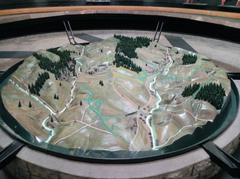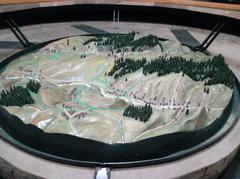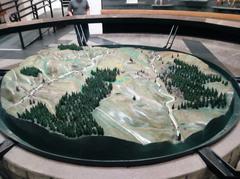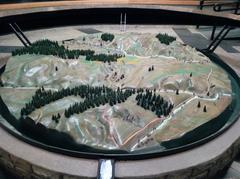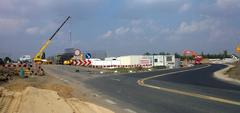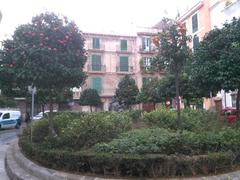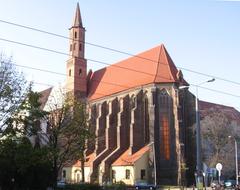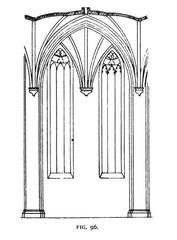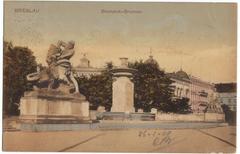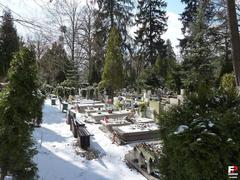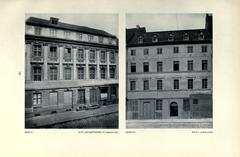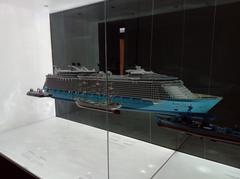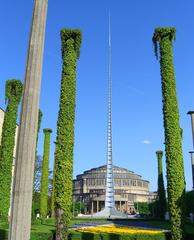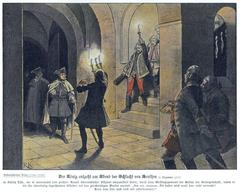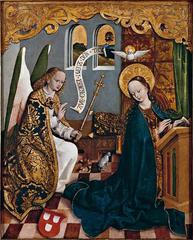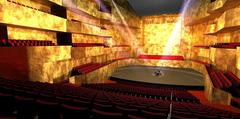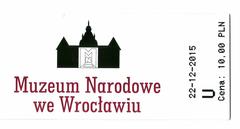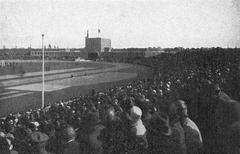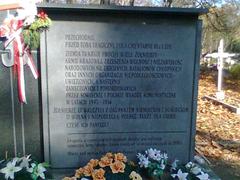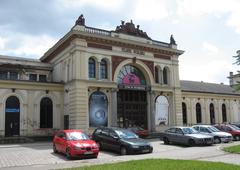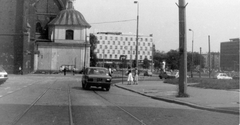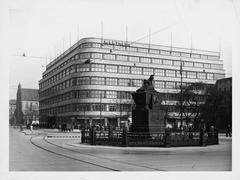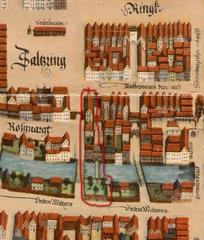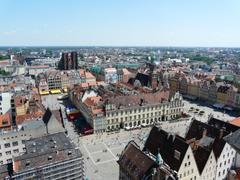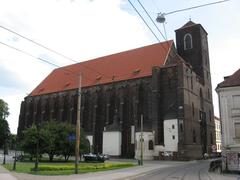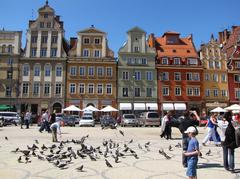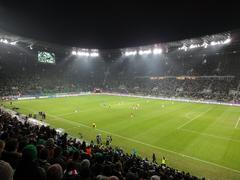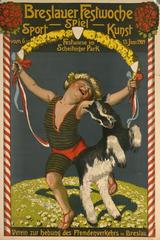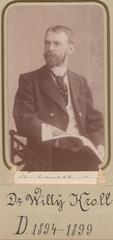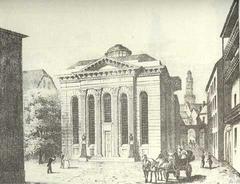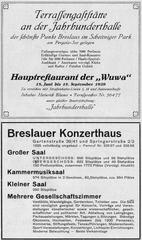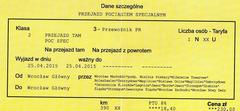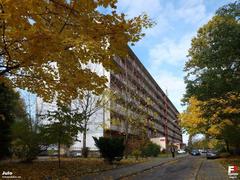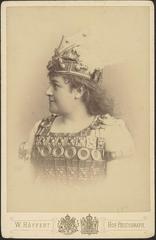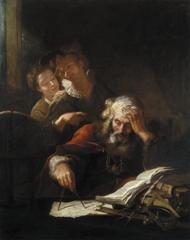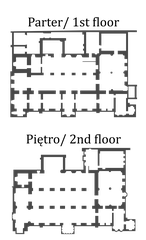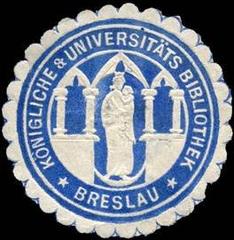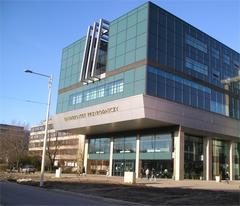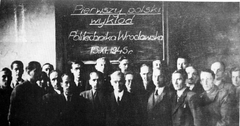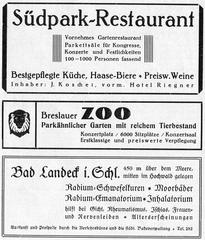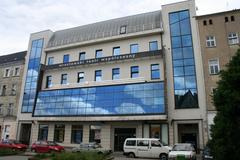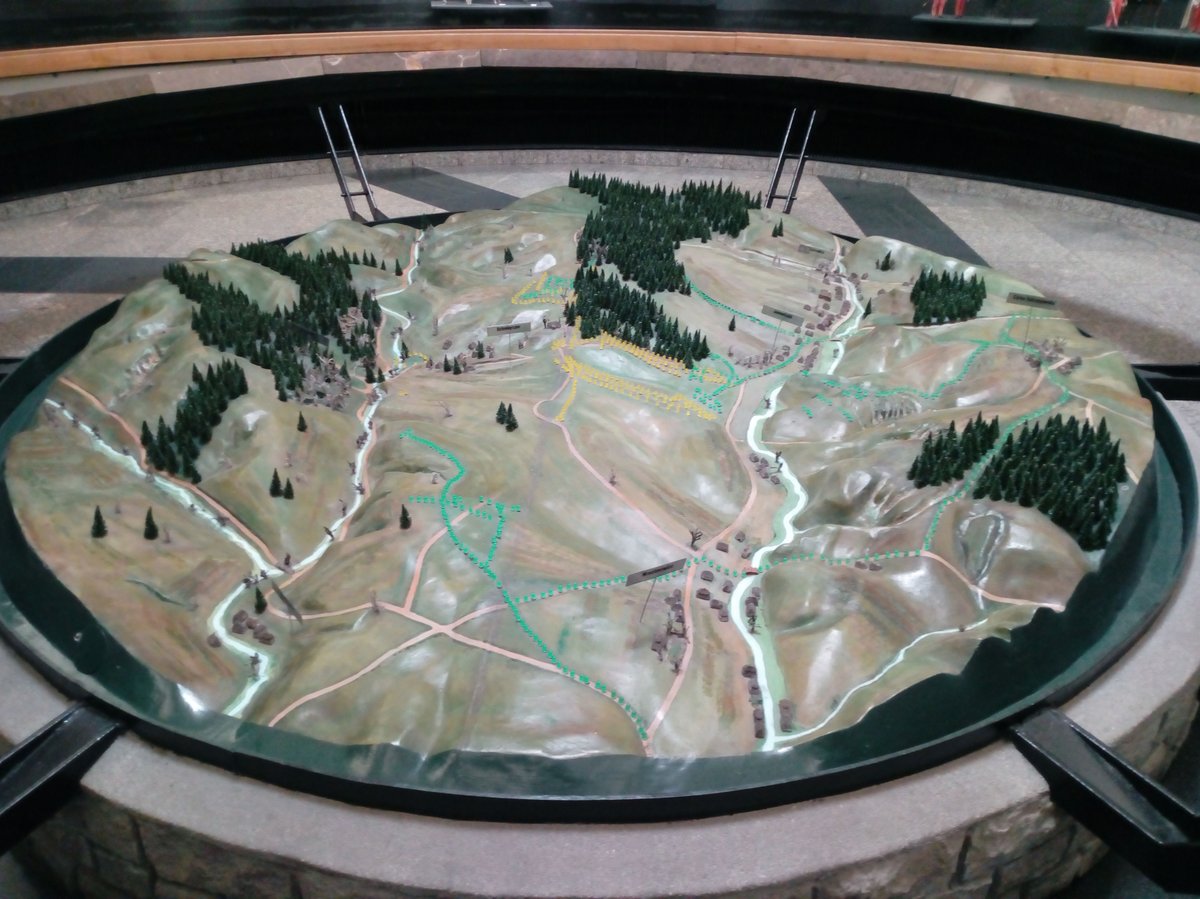
Comprehensive Guide to Visiting Rotunda Panoramy Racławickiej, Wrocław, Poland
Date: 17/07/2024
Introduction
The Rotunda Panoramy Racławickiej, commonly referred to as the Racławice Panorama, stands as one of Wrocław, Poland’s most iconic and historically significant landmarks. This remarkable cycloramic painting, housed in a purpose-built rotunda, vividly portrays the Battle of Racławice—a pivotal event during the Kościuszko Uprising of 1794. Conceived by eminent Polish painters Jan Styka and Wojciech Kossak, the panorama was completed in 1894 to commemorate the 100th anniversary of this symbolic victory against the Russian Empire. Today, the painting spans an impressive 15 meters in height and 114 meters in length, offering an immersive, 360-degree visual experience that transports viewers back to one of Poland’s most celebrated historical moments. Despite its turbulent history, including periods of concealment during World War II and decades-long storage due to political tensions, the panorama was meticulously restored and unveiled to the public in 1985 in Wrocław. It has since become a cultural treasure, drawing visitors from around the globe. This guide aims to provide comprehensive information on visiting the Rotunda Panoramy Racławickiej, covering its rich history, cultural significance, practical visitor tips, and nearby attractions. For more details, check the official website.
Table of Contents
- Introduction
- History
- Visitor Information
- Nearby Attractions
- Cultural and Historical Significance
- Modern-Day Relevance
- FAQ
- Conclusion
History
Origins and Conception
The idea for the panorama was conceived in the late 19th century by Jan Styka, a Polish painter, and Wojciech Kossak, a renowned battle painter. The painting was created to commemorate the 100th anniversary of the Kościuszko Uprising, specifically the Battle of Racławice, which took place on April 4, 1794. This battle was a significant event in Polish history, where the Polish insurgents, led by Tadeusz Kościuszko, achieved a symbolic victory against the Russian Empire.
Creation and Artistic Collaboration
The creation of the panorama began in 1893 and was completed in 1894. The project was a collaborative effort involving several artists, including Jan Styka, Wojciech Kossak, and a team of painters such as Ludwik Boller, Tadeusz Popiel, Zygmunt Rozwadowski, and Teodor Axentowicz. The painting measures 15 meters in height and 114 meters in length, making it one of the largest panoramic paintings in the world. The artists employed a combination of traditional painting techniques and innovative methods to create a realistic and immersive experience for viewers.
Initial Exhibition and Reception
The Racławice Panorama was first exhibited in Lviv (then part of the Austro-Hungarian Empire, now in Ukraine) in 1894. The exhibition was a significant cultural event and attracted thousands of visitors. The panorama was housed in a specially constructed rotunda, designed to enhance the immersive experience of the painting. The initial reception was overwhelmingly positive, with critics and the public praising the artistic achievement and the patriotic significance of the work.
World War II and Post-War Period
The outbreak of World War II and the subsequent geopolitical changes had a profound impact on the Racławice Panorama. After the war, Lviv became part of the Soviet Union, and the panorama was at risk of being lost or destroyed. In 1946, the painting was transported to Wrocław, Poland, as part of the post-war repatriation of Polish cultural heritage. However, due to political tensions and the changing cultural policies of the communist regime, the panorama was not immediately put on display.
Restoration and Reopening
The panorama remained in storage for several decades, and it was not until the 1980s that efforts to restore and exhibit the painting gained momentum. The restoration process was a complex and meticulous task, involving the cleaning and repair of the painting, as well as the construction of a new rotunda to house it. The project was supported by the Polish government and various cultural institutions, reflecting the enduring significance of the panorama in Polish cultural heritage.
The restored Racławice Panorama was finally unveiled to the public in 1985, in a newly constructed rotunda in Wrocław. The reopening was a major cultural event, attracting widespread attention and acclaim. The rotunda was designed to provide an optimal viewing experience, with a circular platform allowing visitors to view the painting from all angles and appreciate its full scale and detail.
Visitor Information
Tickets and Visiting Hours
To visit the Rotunda Panoramy Racławickiej, you’ll need to purchase tickets. The ticket prices vary based on age and group size, with discounts available for students, seniors, and groups. The rotunda is generally open from 9 AM to 5 PM, but it’s advisable to check the official website for the most up-to-date information on visiting hours and ticket prices.
Travel Tips
- Plan Ahead: The panorama is a popular attraction, so consider purchasing tickets in advance, especially during peak tourist seasons.
- Guided Tours: Take advantage of guided tours available in multiple languages to enhance your understanding and appreciation of the panorama.
- Accessibility: The rotunda is wheelchair accessible, ensuring that all visitors can enjoy the experience.
Nearby Attractions
While visiting the Rotunda Panoramy Racławickiej, consider exploring other historical sites in Wrocław, such as:
- Wrocław Cathedral: A magnificent Gothic structure with stunning views from its tower.
- Market Square: The heart of Wrocław, filled with colorful buildings, shops, and restaurants.
- Ostrów Tumski: The oldest part of Wrocław, known for its beautiful churches and serene atmosphere.
Cultural and Historical Significance
The Racławice Panorama holds a special place in Polish cultural and historical consciousness. It serves as a powerful reminder of the struggle for national independence and the resilience of the Polish people. The painting’s depiction of the Battle of Racławice, with its vivid and dynamic portrayal of the conflict, captures the heroism and determination of the Polish insurgents.
The panorama also reflects the broader artistic and cultural trends of the late 19th century, when panoramic paintings were a popular form of entertainment and education. These large-scale works provided viewers with an immersive and engaging way to experience historical events and landscapes. The Racławice Panorama is one of the few surviving examples of this art form, making it an important cultural artifact.
Modern-Day Relevance
Today, the Rotunda Panoramy Racławickiej is one of Wrocław’s most popular tourist attractions, drawing visitors from around the world. The panorama continues to inspire and educate, offering a unique window into Poland’s past and the artistic achievements of its creators. The rotunda also hosts various cultural events and exhibitions, further enriching the visitor experience.
The panorama’s enduring appeal lies in its ability to connect viewers with a pivotal moment in Polish history, while also showcasing the artistic talent and innovation of its creators. It stands as a testament to the power of art to preserve and celebrate cultural heritage, and its significance continues to resonate with audiences today.
FAQ
Q: What are the visiting hours for Rotunda Panoramy Racławickiej? A: The rotunda is generally open from 9 AM to 5 PM, but it’s advisable to check the official website for the most up-to-date information.
Q: How much are the tickets for Rotunda Panoramy Racławickiej? A: Ticket prices vary based on age and group size, with discounts available for students, seniors, and groups. For the latest pricing, visit the official website.
Q: Is Racławice Panorama accessible for people with disabilities? A: Yes, the rotunda is equipped with ramps and elevators to accommodate visitors with disabilities.
Q: Can I take photographs inside the Rotunda Panoramy Racławickiej? A: Photography is generally allowed, but it is best to check for any specific restrictions or guidelines upon arrival.
Conclusion
The Rotunda Panoramy Racławickiej not only offers a breathtaking artistic experience but also serves as a significant cultural and historical monument. Whether you’re a history enthusiast, an art lover, or a curious traveler, a visit to this iconic site in Wrocław is sure to be a memorable and enriching experience. For more information and to plan your visit, be sure to check out the official website.
